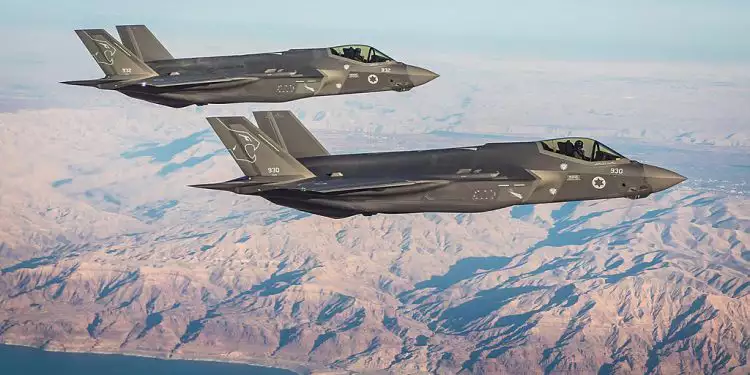|
Getting your Trinity Audio player ready...
|
Edited by: TJVNews.com
For several decades, Israel and Iran have been engaged in a “shadow war” that manifests in various forms, including covert operations, regional proxy engagements, long-range strikes, and cyber warfare. This conflict, largely clandestine and indirect, spans multiple geographies, encompassing not just Iran and Israel but also the broader Middle East, including Lebanon, Syria, and the Palestinian territories. The ongoing hostilities between these two nations have shaped the strategic landscape of the region, influencing political alliances and security dynamics.
Over the last year there has been a surge in hostilities between Iran and Israel, heightening fears of an impending full-scale war between these longstanding adversaries. In the aftermath of the series of targeted assassinations of a senior Hezbollah commander in Lebanon and most recently, the assassination of Hamas leader Ismail Haniyeh in the heart of Tehran, the hostile atmosphere has dramatically increased.
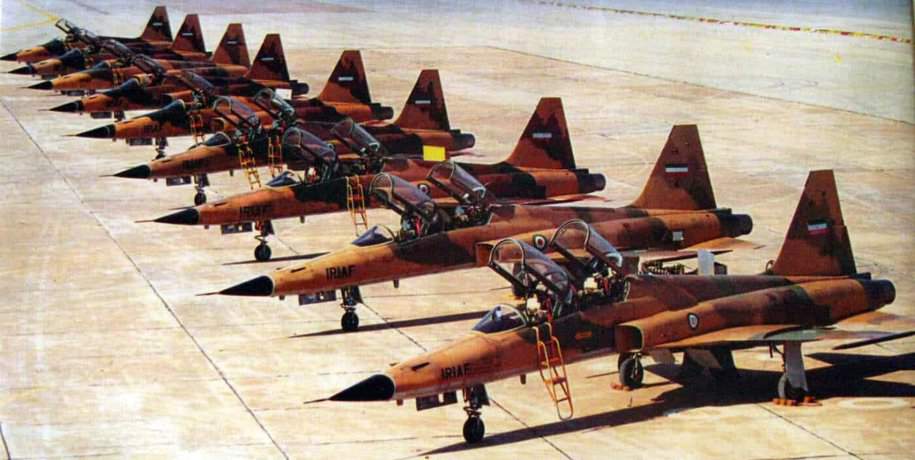
The exchanges of attacks and threats have underscored the delicate and volatile nature of their relationship. While Israel holds a significant military edge, Iran’s formidable arsenal of drones and missiles presents a serious challenge that cannot be ignored.
In a direct conflict, Israel is generally considered to have military superiority over Iran, both offensively and defensively. Israel’s defense forces are among the most advanced in the world, boasting cutting-edge technology, superior intelligence capabilities, and extensive operational experience. Experts agree that Israel’s military infrastructure and preparedness give it a decisive advantage.
However, Iran’s military capabilities, particularly its missile and drone arsenals, pose a substantial threat. Decades of sanctions have compelled Tehran to invest heavily in developing domestic weapons programs, leading to the production of effective and relatively inexpensive drones, as well as advanced ballistic missiles.
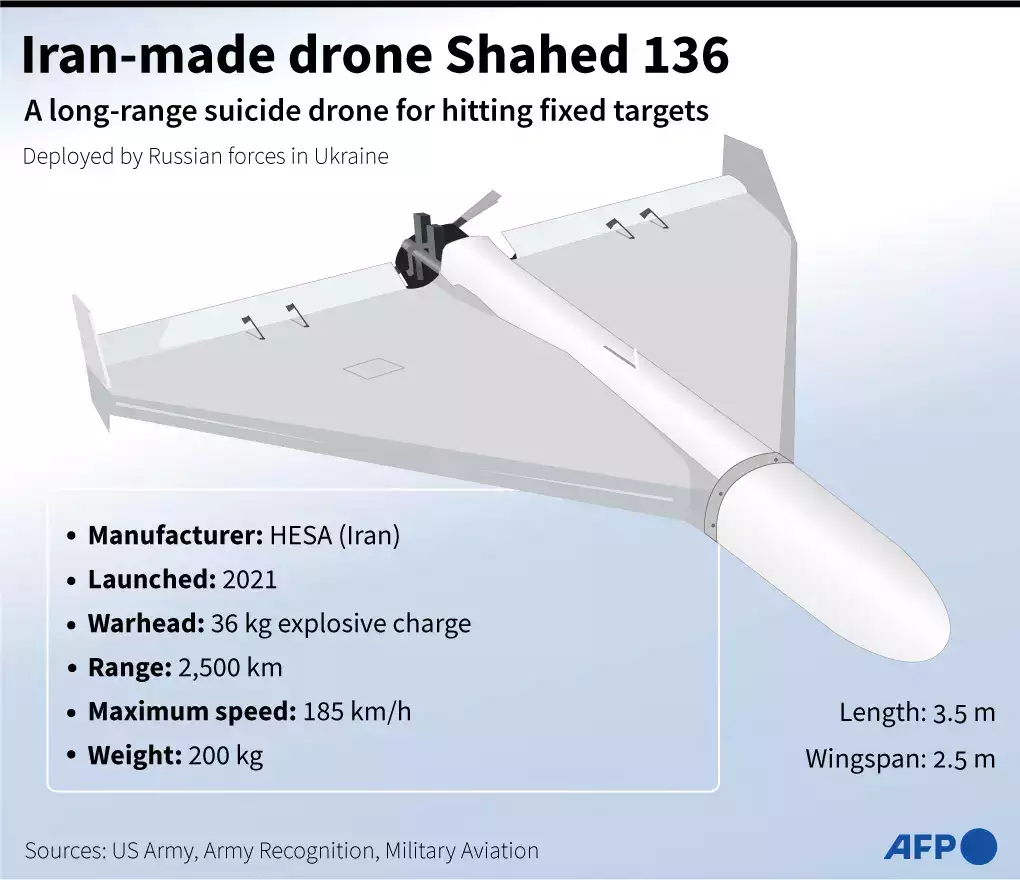
John Krzyzaniak, a research associate at the Wisconsin Project on Nuclear Arms Control, emphasizes the seriousness of Iran’s missile threat to Israel. He noted that Iran’s combat and suicide drones have the potential to cause significant disruption and damage to civilian populations if deployed in large numbers. This asymmetric warfare capability represents a critical component of Iran’s strategic deterrence.
Israel’s military supremacy is further bolstered by its presumed nuclear capability. While Israel has never officially confirmed its nuclear arsenal, it is widely believed to possess around 90 nuclear warheads, according to estimates by the Washington-based Nuclear Threat Initiative. This nuclear deterrent serves as a formidable counterbalance to any large-scale military aggression from Iran.
Israel’s superior intelligence and operational capabilities also provide a critical edge. These advantages enable Israel to conduct precise and effective preemptive strikes, disrupt enemy plans, and maintain a robust defensive posture against incoming threats.

The recent attack on April 13 marked a significant escalation in the ongoing shadow war between the two nations. Iran launched over 300 drones and a combination of cruise and ballistic missiles at Israel. Notably, Tehran claimed it did not employ some of its most advanced weaponry in this assault, suggesting a strategic restraint aimed at avoiding major escalation.
Despite the scale of the attack, it appeared to be highly choreographed to minimize significant damage and casualties. Israel reported that almost all of the incoming drones and missiles were intercepted, thanks in part to the assistance from the United States, Britain, and Jordan. However, a few missiles managed to penetrate Israeli defenses, striking an airbase and causing minor damage.
Fabian Hinz, a research fellow at the International Institute for Strategic Studies (IISS), highlighted the logistical complexity and manpower required for Iran to simultaneously launch more than 100 ballistic missiles. This feat underscores the capacity and readiness of Iran’s missile forces, reflecting a sophisticated level of coordination and operational capability.
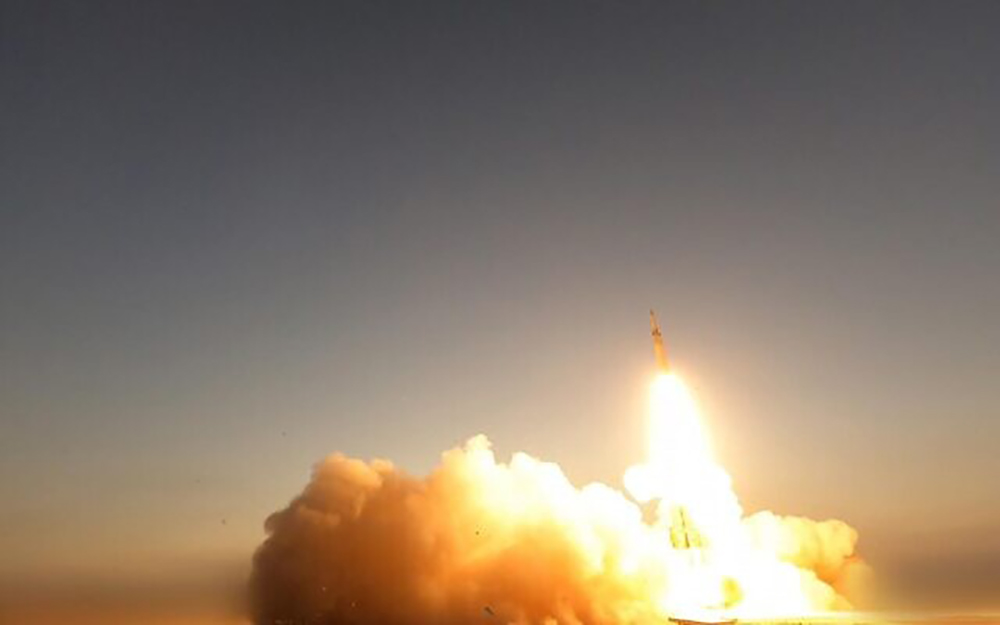
The Israel-Iran conflict is characterized by its avoidance of direct and sustained conventional warfare. Instead, both nations employ a range of asymmetric strategies designed to exert pressure and inflict damage without triggering full-scale war. This approach includes the use of regional proxy forces, cyber operations, and precision strikes against key infrastructure and military targets.
Both Israel and Iran have a history of conducting covert operations to advance their strategic objectives. Israel’s intelligence agency, Mossad, has been implicated in numerous high-profile operations inside Iran, including the assassination of nuclear scientists and sabotage of critical infrastructure, as was reported by Newsweek in April of this year. Conversely, Iran’s Revolutionary Guard Corps (IRGC) has supported various terrorist groups across the region, including Hezbollah in Lebanon and various factions within Syria and the Palestinian territories. These proxies serve as force multipliers, allowing Iran to project power and influence far beyond its borders.
Israel’s air force plays a pivotal role in its strategy against Iran. Israeli jets routinely strike Iranian-linked targets in Syria and Lebanon, focusing on IRGC facilities and personnel. These strikes aim to disrupt Iran’s regional influence and military capabilities without provoking a larger conflict. In addition to kinetic operations, both nations engage in cyber warfare, targeting critical infrastructure and military systems. These cyber operations are designed to gather intelligence, disrupt operations, and create strategic advantages.
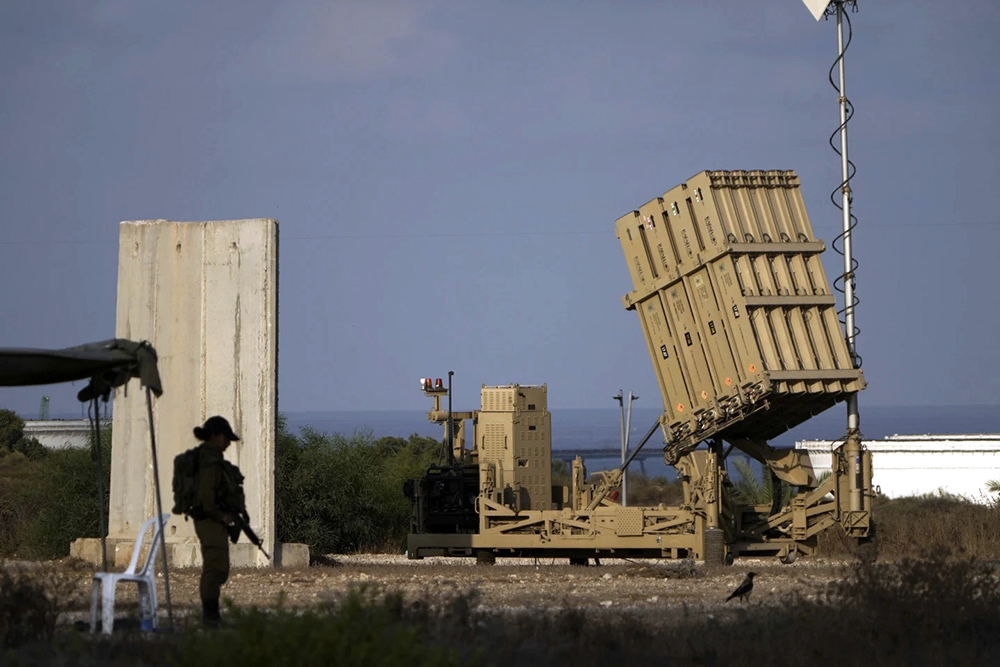
The military capabilities of Israel and Iran reflect their respective strategic priorities and threats. According to the International Institute for Strategic Studies’ 2024 Military Balance report, Israel maintains a standing army of approximately 170,000 active personnel and 465,000 reservists. The Israeli Defense Forces (IDF) are renowned for their high level of training, advanced equipment, and extensive combat experience. Military service is compulsory for most Israeli adults, with men serving for 36 months and women for 24 months.
Iran, with its larger population, fields a regular military of about 420,000 personnel, supplemented by 350,000 reservists. The IRGC, a powerful branch of Iran’s military, is estimated to have between 150,000 to 200,000 active personnel. The IRGC plays a crucial role in Iran’s military strategy, particularly in unconventional warfare and regional influence operations.
Israel’s air force is a key component of its military strength, particularly in the context of its confrontation with Iran. The air force boasts around 310 combat-capable fighter and ground attack aircraft, including 75 F-15s, 196 F-16s, and 39 F-35s. Additionally, Israel operates 46 Apache attack helicopters and a diverse array of surveillance and attack drones. This technological edge provides Israel with significant capabilities for precision strikes, intelligence gathering, and rapid response.
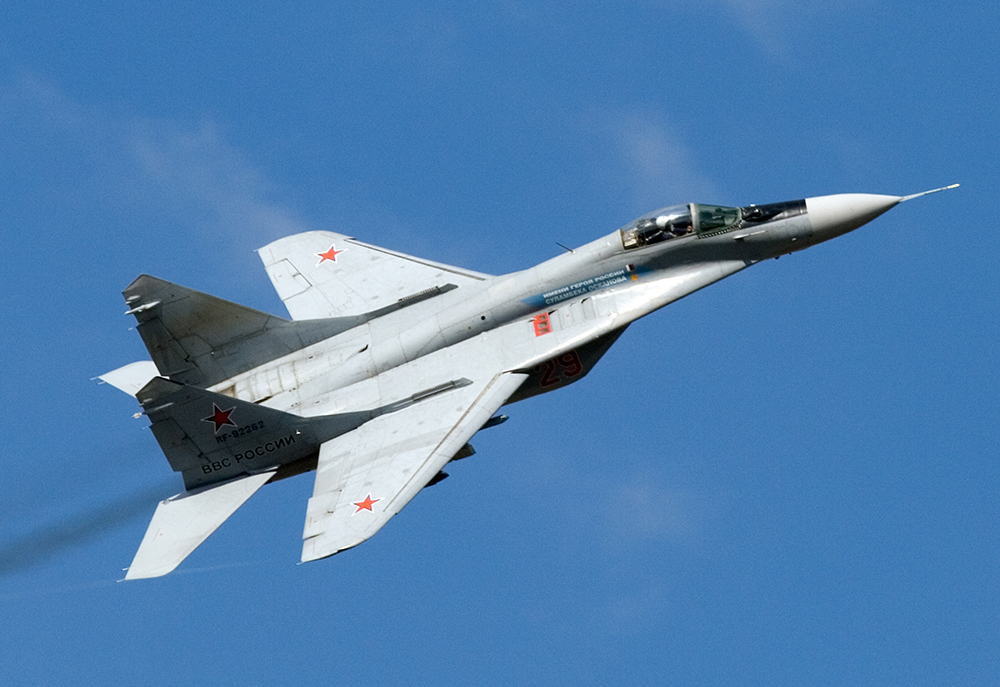
Iran’s military capabilities have long been constrained by international sanctions and weapons embargoes, which have significantly impacted the sophistication and modernity of its air force. Despite these limitations, Iran has developed alternative means of military strength, particularly in the realm of drone technology and missile capabilities. These advancements have allowed Iran to maintain a strategic deterrence and power projection in the Middle East, compensating for the deficiencies in its aging air fleet.
Iran’s Air Force: A Struggle for Modernization
Iran’s air force is composed of a mix of outdated U.S.-made aircraft and more recent acquisitions from Russia, supplemented by domestically produced jets. The fleet includes:
10 F-14 Tomcats and 55 F-4 Phantoms, relics from the era prior to the 1979 Islamic Revolution when Iran was a key U.S. ally.
35 MiG-29s acquired from Russia, which represent the more modern segment of Iran’s air fleet.
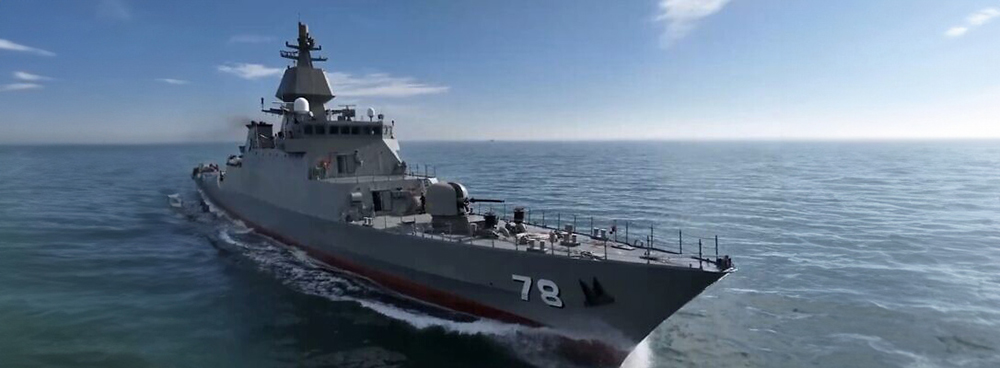
Despite these additions, Iran’s air force remains hampered by its aging aircraft and the difficulty in procuring spare parts and advanced technology due to sanctions. To address these challenges, Iran has sought to develop its own fighter jets:
HESA Saeqeh and Azarakhsh, domestically produced aircraft, are symbolic of Iran’s efforts to achieve self-sufficiency in military technology. However, these jets are not considered on par with advanced foreign-made platforms and thus offer limited enhancement to Iran’s aerial capabilities.
Iran’s drone arsenal has emerged as a critical component of its military strategy, often compensating for the deficiencies of its traditional air force. The most notable among Iran’s drone platforms is the Shahed series, which has been deployed effectively in various conflicts:
Shahed Drones have been used in Yemen by Houthi rebels and in Ukraine, demonstrating their operational versatility and strategic impact.
These drones were central to Tehran’s recent military operations, including a weekend strike that showcased their precision and effectiveness.

Missiles play a central role in Iran’s deterrence and power projection strategy. Decades of investment have yielded what the Center for Strategic and International Studies (CSIS) Missile Defense Project describes as “the largest and most diverse missile arsenal in the Middle East.” Key components of Iran’s missile arsenal include:
Sejjil, Ghadr, and Khorramshahr Ballistic Missiles: These long-range missiles can reach targets up to approximately 1,240 miles away, encompassing all of Israel and significant portions of the Middle East.
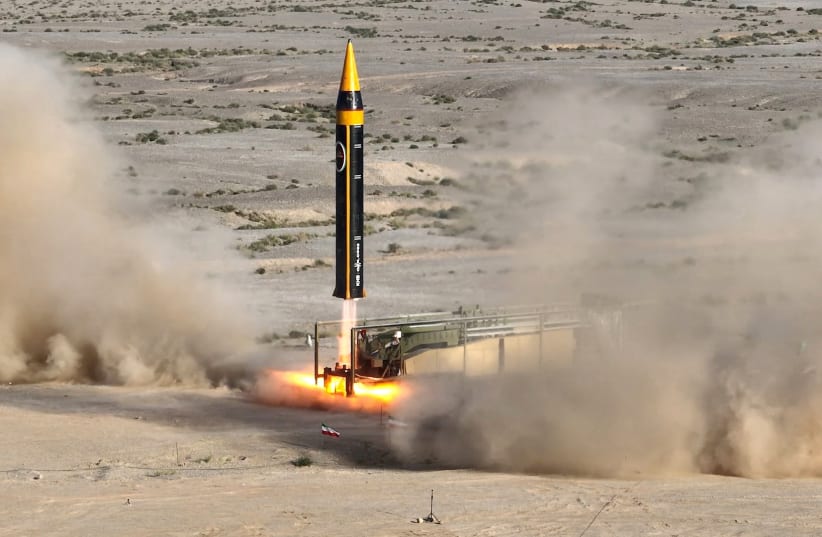
Emad and Shahab-3 Missiles: With ranges exceeding 1,000 miles and 800 miles respectively, these missiles further enhance Iran’s ability to strike distant targets.
Shorter-Range Cruise Missiles: Iran’s arsenal includes various shorter-range missiles that provide flexibility and tactical options in regional conflicts.
Israel’s Missile Capabilities
In response to Iran’s missile threat, Israel has developed a robust missile capability of its own. Israel’s missile arsenal includes:
Jericho 2 Ballistic Missile: With a range of up to 930 miles, this missile can strike targets throughout the Middle East, including parts of Iran.
Jericho 3 Ballistic Missile: This missile extends Israel’s reach to up to 3,000 miles, providing a strategic counterbalance to Iran’s long-range missiles.
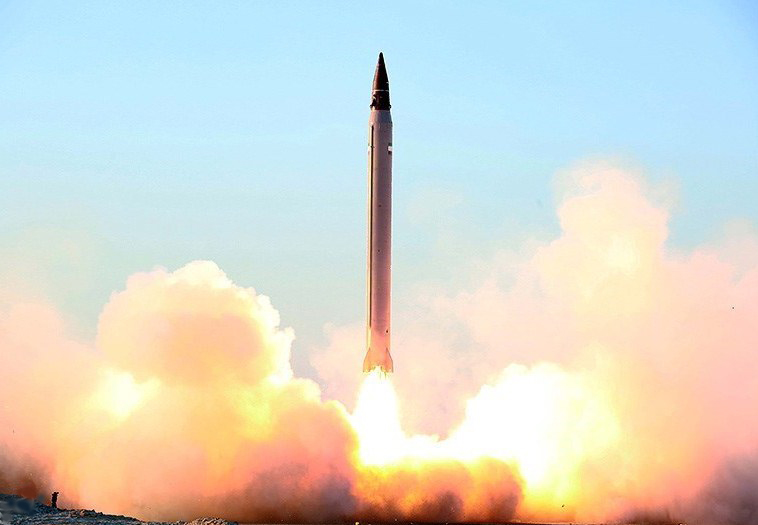
Shorter-Range Cruise Missiles: Platforms such as the Lora, Delilah, and Gabriel missiles offer additional precision strike capabilities.
The missile capabilities of both Israel and Iran significantly shape the strategic calculus in the Middle East. Both nations possess the ability to strike each other’s territory directly, creating a mutual deterrence scenario that influences their military and diplomatic strategies. The presence of formidable missile arsenals also means that any conflict between the two nations could quickly escalate into a broader regional war with devastating consequences.
The ongoing conflict between Israel and Iran is characterized by the extensive use of aircraft, drones, and missiles, making air defense systems crucial for both nations. These capabilities are complemented by significant naval assets and formidable covert, proxy, and cyber operations, which together form a complex web of military dynamics in the Middle East.
Israel’s Advanced Air Defense Systems
Israel’s air defense is among the most advanced in the world, a necessity given the constant threat from neighboring adversaries. With the support of its allies, particularly the United States, Israel has developed a multi-layered air defense umbrella designed to intercept various types of aerial threats.
Iron Dome: This short-range missile defense system is renowned for its effectiveness in intercepting and destroying rockets and artillery shells fired from relatively close distances. It has a high interception rate and has been a key component in protecting Israeli cities from rocket attacks.
David’s Sling: Designed to intercept medium- to long-range rockets and cruise missiles, David’s Sling fills the gap between the Iron Dome and the longer-range Arrow system. It was instrumental in downing Iranian projectiles during recent escalations.
Arrow System: Comprising Arrow 2 and Arrow 3, this system is designed to intercept and destroy ballistic missiles at high altitudes and long ranges. The Arrow system adds a strategic layer of defense against more sophisticated missile threats.
MIM-104 Patriot: The U.S.-made Patriot system is another layer in Israel’s air defense strategy, capable of intercepting both aircraft and missiles. It has been used effectively in various conflicts and remains a critical part of Israel’s defensive arsenal.
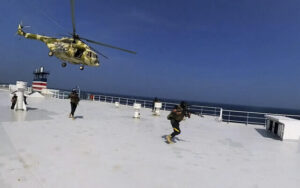
Iran’s Air Defense Capabilities
Iran’s air defense, while not as advanced as Israel’s, has seen significant investments and developments aimed at countering aerial threats.
S-300: The Russian-made S-300 is Iran’s most established anti-air defense system. Although considered relatively outdated compared to Israel’s arsenal, it still provides a substantial deterrent against aerial attacks.
Bavar-373: This domestically produced surface-to-air missile platform is Iran’s answer to more advanced air defense needs. Unveiled in recent years, it aims to bolster Iran’s capabilities against both aircraft and missiles.
Arman and Azarakhsh Systems: Unveiled earlier this year, these new air defense systems represent Iran’s ongoing efforts to modernize its defenses. While details on their capabilities are limited, they are part of Iran’s broader strategy to enhance its self-reliance in military technology.

 >Naval Power and Strategic Maritime Control–Israel’s Naval Forces
>Naval Power and Strategic Maritime Control–Israel’s Naval Forces
Israel’s navy, though small, is highly advanced and plays a crucial role in defending the nation’s coastline and supporting its land and air operations.
Submarines: Israel operates five submarines, including three Dolphin-class vessels capable of launching nuclear-armed ballistic missiles. These submarines provide a strategic deterrent and enhance Israel’s second-strike capability.
Surface Ships: The navy includes at least three corvettes, eight missile boats, and 45 patrol boats, all equipped with advanced weapons and systems designed for both defensive and offensive operations.
Iran’s Naval Forces
Iran’s navy is larger and geared towards controlling strategic maritime routes, particularly the Strait of Hormuz, a critical chokepoint for global oil supplies.
Submarines: With more than 30 submarines, Iran has a significant underwater fleet capable of threatening maritime traffic and conducting covert operations.
Surface Ships: Iran’s navy includes five frigates, three corvettes, and over 200 patrol craft. These vessels are designed for a range of missions, from patrolling Iranian waters to potentially disrupting enemy shipping routes.
Beyond conventional military forces, both Israel and Iran possess formidable covert, proxy, and cyber capabilities, often employed in their prolonged confrontation.
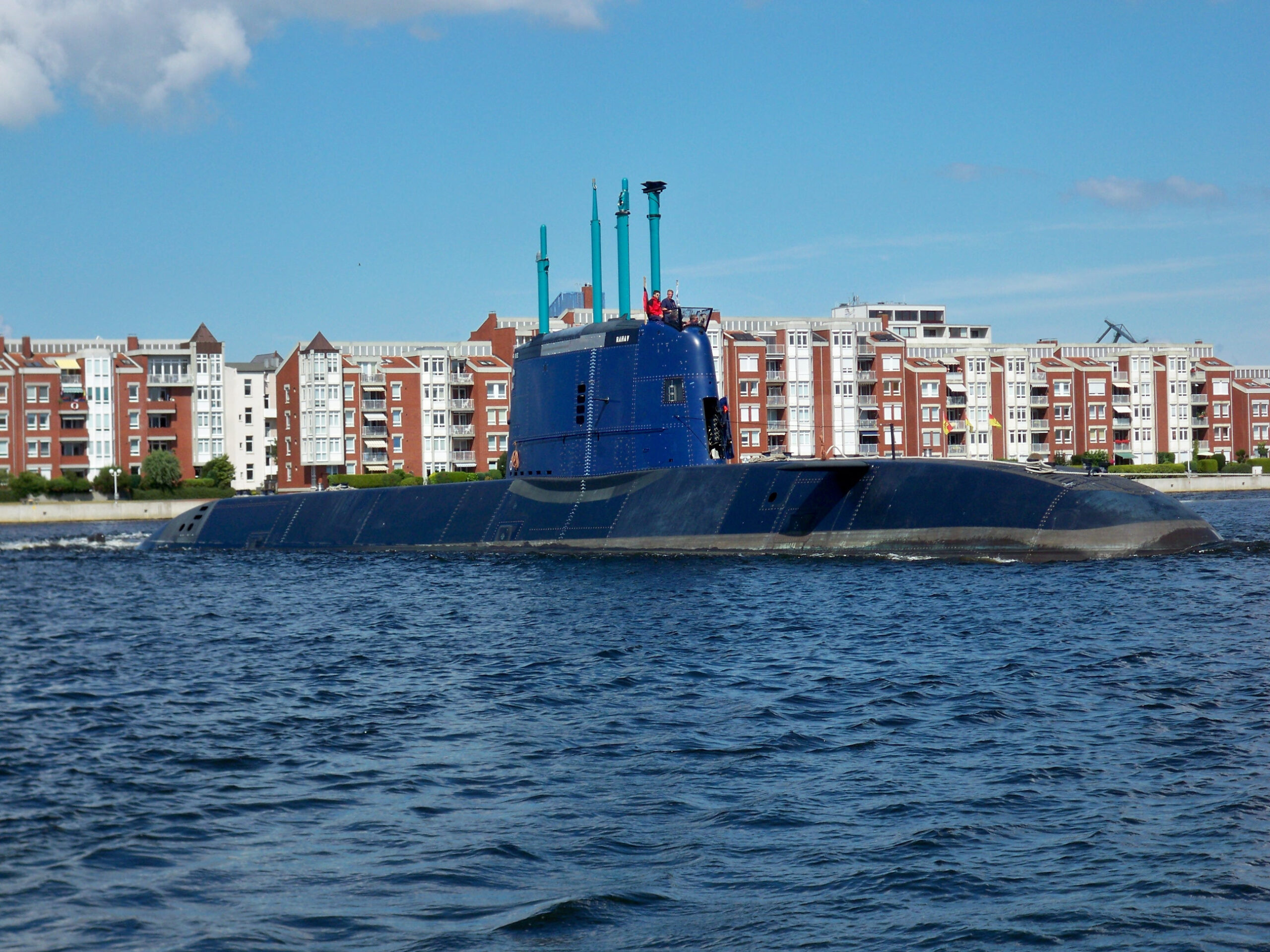
Israel’s Covert Operations and Cyber Warfare
Mossad: Israel’s intelligence agency, Mossad, is renowned for its covert operations. Tehran has accused Mossad of numerous assassinations within Iran, particularly targeting scientists involved in the nuclear program.
Stuxnet Cyber-Attack: In a landmark operation, Israel, in collaboration with the United States, used the Stuxnet worm to target Iranian nuclear facilities. This attack, considered the first major instance of cyber warfare, significantly disrupted Iran’s nuclear program and highlighted the growing importance of cyber capabilities.

Iran’s Proxy Warfare and Cyber Operations
Regional Proxies: Iran supports various militant groups across the Middle East, including Hezbollah in Lebanon and numerous factions within Syria and the Palestinian territories. These proxies serve as extensions of Iranian power, engaging in conflicts that further Iran’s strategic interests.
Cyber Capabilities: Iran has developed substantial cyber capabilities, often used to target critical infrastructure in adversarial nations. These operations aim to disrupt and gather intelligence, creating strategic advantages in the ongoing conflict.
The Quds Force, operating under the IRGC’s authority, orchestrates Iran’s global operations and consistently threatens Israeli and allied interests in the Middle East and beyond. This force is implicated in numerous attacks on Israel through affiliated groups like Hezbollah and Hamas and has launched strikes on Israeli targets from within Syria.


